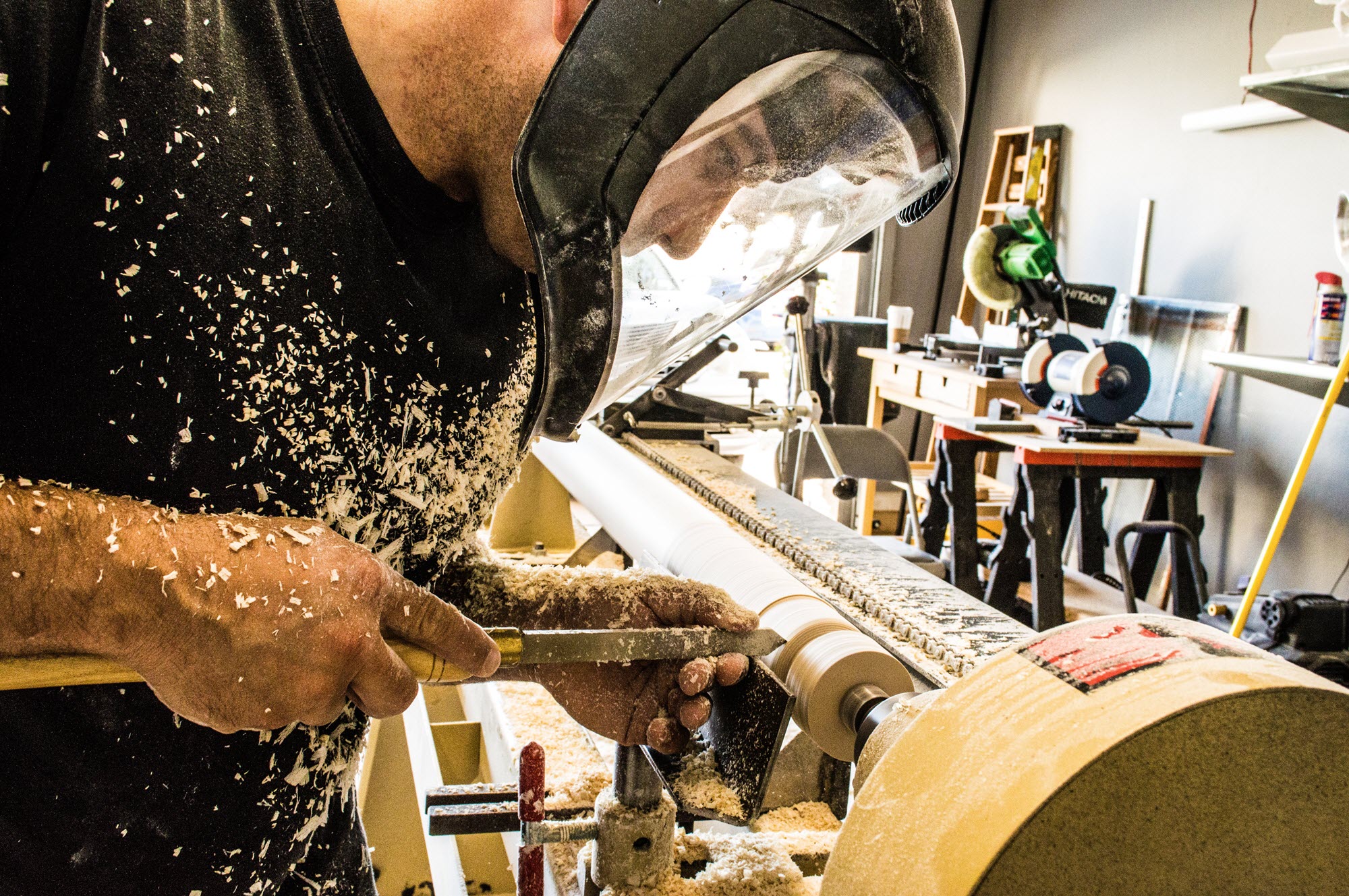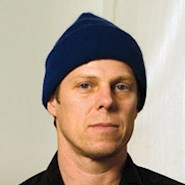
ASCE’s Future World Vision calls for creative and motivated students to be attracted to the civil engineering profession so that they can bring novel solutions to challenging world problems. Civil engineering institutions of higher education have already successfully turned to problem- or project-based active learning pedagogies to prepare and retain these students.
In some courses we have co-taught, we have adopted a learning approach commonly found in creative disciplines. In these courses, students engage with physical materials and tools in creative and iterative ways, continually reevaluating their goals, exploring new paths, and imagining new possibilities. They make things, and they make them better. This creative process is variously codified as design thinking, haptic learning, and making things.
The benefit of making things for younger children in STEM education has been widely supported. But what about the civil engineering students in college-level courses? They seem to be having fun, but what are they learning as engineers?
Creativity is key
One way of invigorating engineering education is to combine engineering with liberal arts, grounding students more firmly in creative and innovative design, social responsibility, and critical thinking. These three outcomes are key to forming our future civil engineers.
Creativity is key to unleashing new and innovative ways of thinking and solving problems. Human safety, environmental protection, and social justice are at the core of the civil engineer’s design sense and social responsibilities. Critical thinking allows engineers to see the bigger picture, and haptic learning – sensory, experiential learning – helps them understand the consequences of the decisions they make by requiring that they experience them firsthand.
Our belief in haptic learning is based on our observations and students’ reactions during a co-taught undergraduate course that integrates structural engineering and woodworking at Princeton University. This course, “CEE418/VIS418 Extraordinary Processes,” has been taught on an annual basis during the fall semester since 2015. The course attracts mostly senior students and is capped at 15 enrollees because of space and material limitations. The 12-week course has highly structured learning components through lectures and reading materials, along with less-structured learning components through lab sessions that are self-paced.
Knowledge and skill take place in the lab sessions and through individual and group assignments. The course prerequisites include “CEE205 Mechanics of Solids” and any other 300-level civil engineering course, and/or one 200- and one 300-level visual arts studio course. Practically, this means that the civil engineering students entering this course do not necessarily have any woodworking skills.
The course objectives are to: (1) comprehend mechanical properties of wood, specifically their relationship to moisture and temperature; (2) prepare, carry out, and process physical wood lab experiments that focus on strength and flexibility for different wood grain orientations and moisture content; (3) apply wood working skills and structural wood design principles to open-ended assignments; (4) organize, plan, make decisions, (re)construct, and create solutions to these structural sculpture assignments (haptic learning); and (5) evaluate the merit of structural sculpture based on esthetic and engineering criteria.

Making and thinking like an engineer
For each assignment in the course, students are given a rather vague and open-ended description. For example, open-ended problems have included the synthesis of acquired knowledge and skills in creating common objects like a prosthetic, a cushion, or a small-span bridge. When tackling these assignments, the students start using their minds in at least six different ways that practicing civil engineers do, such as finding a specific problem, system-thinking, visualizing, improving, solving problems, and adapting their work.
First, the students are finding a specific problem by clarifying which issue to address (such as deciding between a mobility or a dexterity prosthetic) and looking up the functional requirements and pros and cons of existing solutions. They also investigate the boundary conditions of the assignment. These limitations include the amount and format of wood (e.g., length of wood veneer strips and volume/area of wood boards), tools and connectors (e.g., Japanese handsaw, lightweight rotary and carving tools, wood glue, dowels, rivets) and time and workspace available.
Based on these constraints, they imagine a system and how they can not only make the system’s parts but also connect them as a functioning whole. This is system thinking, a habit of a civil engineer’s mind. As they sketch many practical solutions with pencil and paper, they critically reflect on conversations with us, the instructors, and with their peers. Using materials and tools, they move their idea from the abstract to the concrete and visualizetheir projects in three dimensions.
They continuously improve their projects by prototyping in cardboard and wood, more sketching, and relentlessly trying to make things better. For example, one student increased the bending stiffness of a beam element by laminating additional wood strip layers to it.
When they meet obstacles, we look at techniques from other disciplines and solve the problem creatively. For example, to establish the right flexibility for a veneer strip network cushion, the student looked at a variation of textile and basketry weaving patterns that resulted in different stiffnesses.
Throughout the assignment, the students adapt their work by testing, analysis, skepticism, rethinking, and changing. Adaptation, creative problem-solving, improvement, visualization, system thinking, and finding a specific problem are habits of an engineering mind. They capture what engineers do when they are in the full flow of engineering.
Our civil engineering students are not only having fun; they are developing engineering habits of mind.
’Making’ a better civil engineer
We are interested in developing and enhancing our students’ competence with practical skills that a civil engineer might use.
For example, students gain experience with hard physical tasks. In our course, they manipulate a bandsaw, make identical components on a table saw, assemble parts using clamps and cordless drills, and consider screws and adhesives to construct, modify, and repair parts in their systems. In the lab studio, students learn these skills at their own pace and progress to new skills according to their own comfort and confidence levels.
Every week, as we make our rounds through the space, we have conversations with them about what is working (and what is not). In doing so, we track each student’s progress, identify any gaps in skill or understanding, and give them one-on-one attention.
We see that the students become persistent in pursuing intrinsic goals. They are willing to attempt difficult tasks and understand the levels of effort required to achieve success. This personal judgment of “how well one can execute courses of action required to deal with prospective situations,” as defined by Albert Bandura in his 1977 book "Social Learning Theory," is self-efficacy. By successfully solving problems, students learn to determine the level of effort needed to achieve success. High self-efficacy has been shown to lead to persistence and a sense of belonging in engineering communities.
Our civil engineering students are not only having fun; they are developing engineering habits of mind.
Too often, civil engineering students are externally motivated. They want to obtain good grades, compete with one other, or earn awards. In this course, we notice that the students are internally motivated. They want to be challenged and master content, and they want to solve a problem and make it their own because this gives them internal satisfaction.
Research suggests that intrinsically motivated students prioritize and achieve more profound levels of knowledge whereas externally motivated students use more superficial processing strategies, such as memorization or guessing.
The role of visual arts
We would be remiss not to mention the role of visual art in this learning environment. As the title of the course makes clear, the enrollments for “CEE418/VIS418 Extraordinary Processes” have been an even mix of civil engineering and visual art students. Because of this mix, each group is not only exposed to the other’s habits of mind and working methods but also compelled to incorporate them into their own.
Thus, concepts normally attributed to visual art – beauty, psyche, idiosyncrasy, uselessness – come to bear on civil engineering students as well. In a word, the presence of art makes failure an option. When failure is a viable – even beautiful! – outcome, civil engineering students have the freedom to question and rediscover the “purpose” of their work, be it functional or beautiful or both.
The authors wish to acknowledge the insights of Sami Kahn, executive director of the Council on Science and Technology at Princeton University and member of the ASCE Committee on Aesthetics in Design, on these topics.




